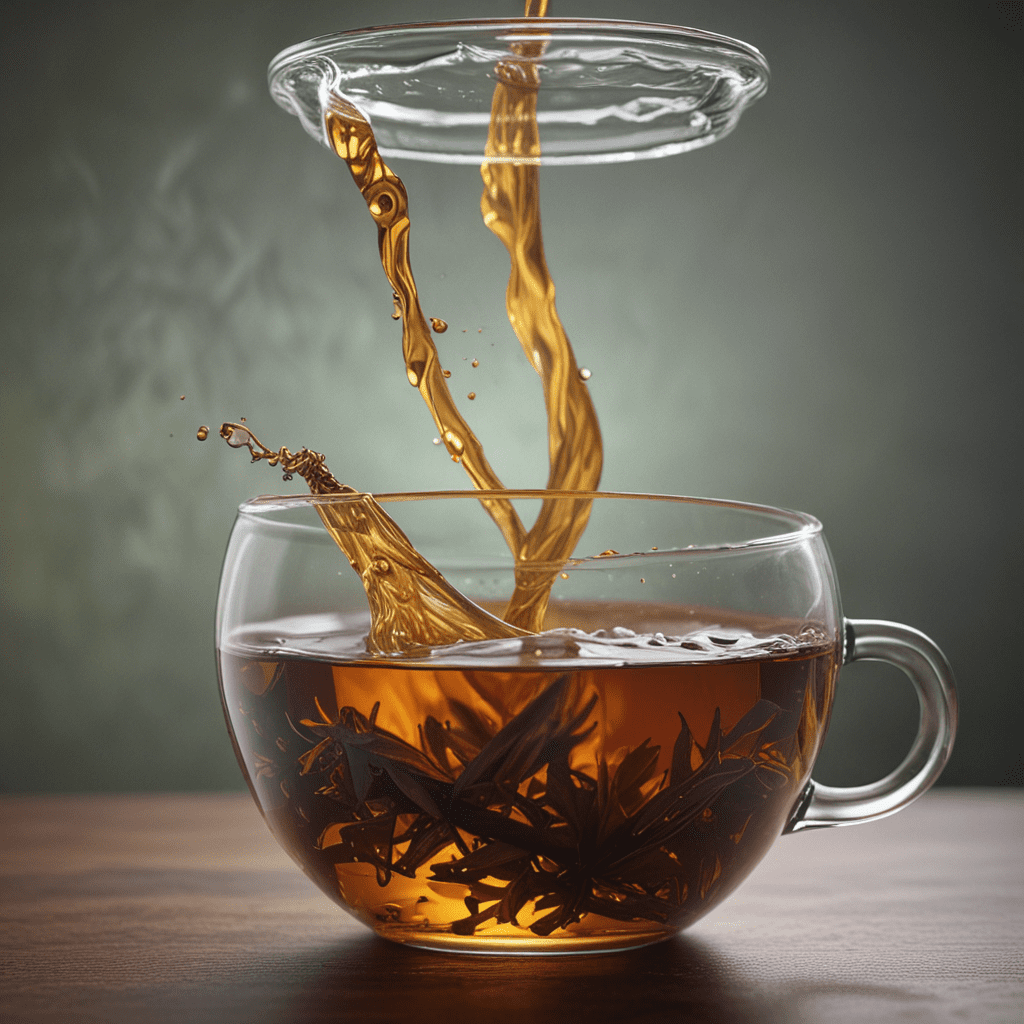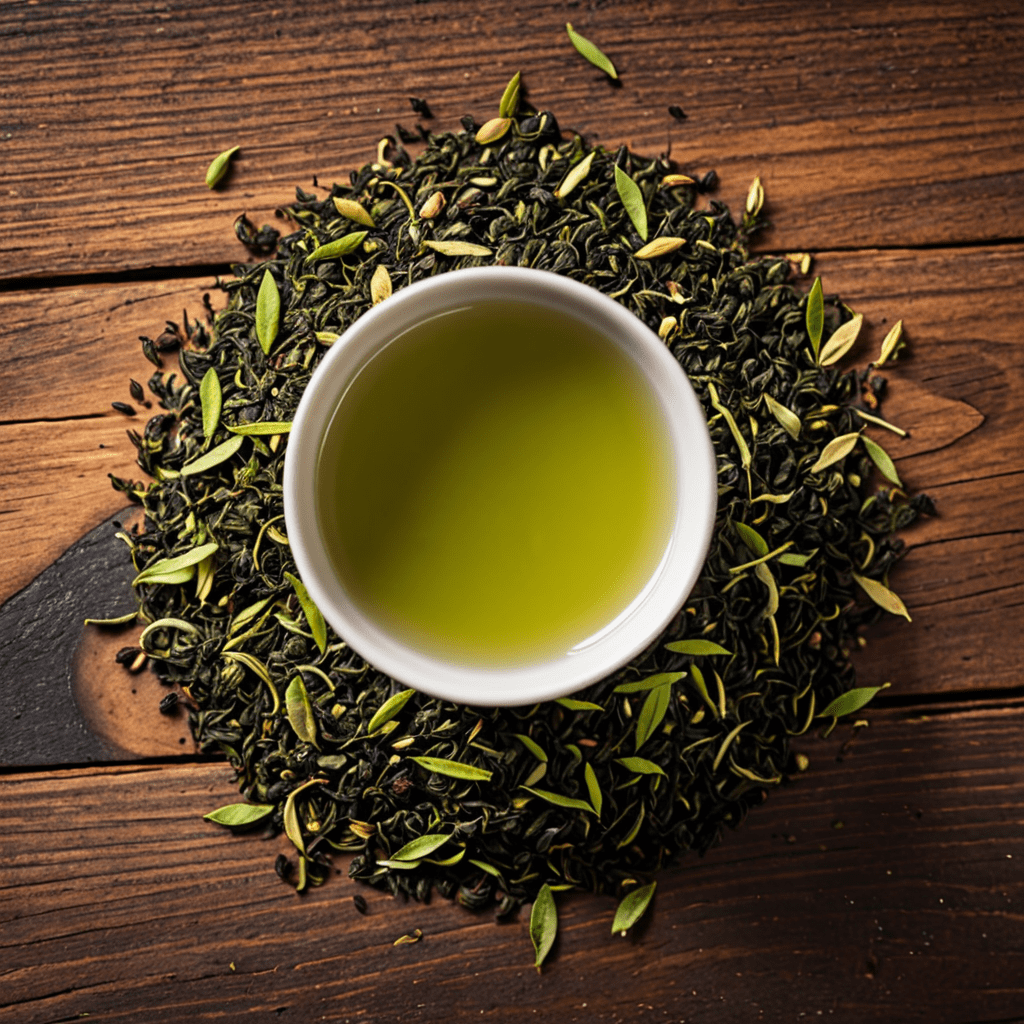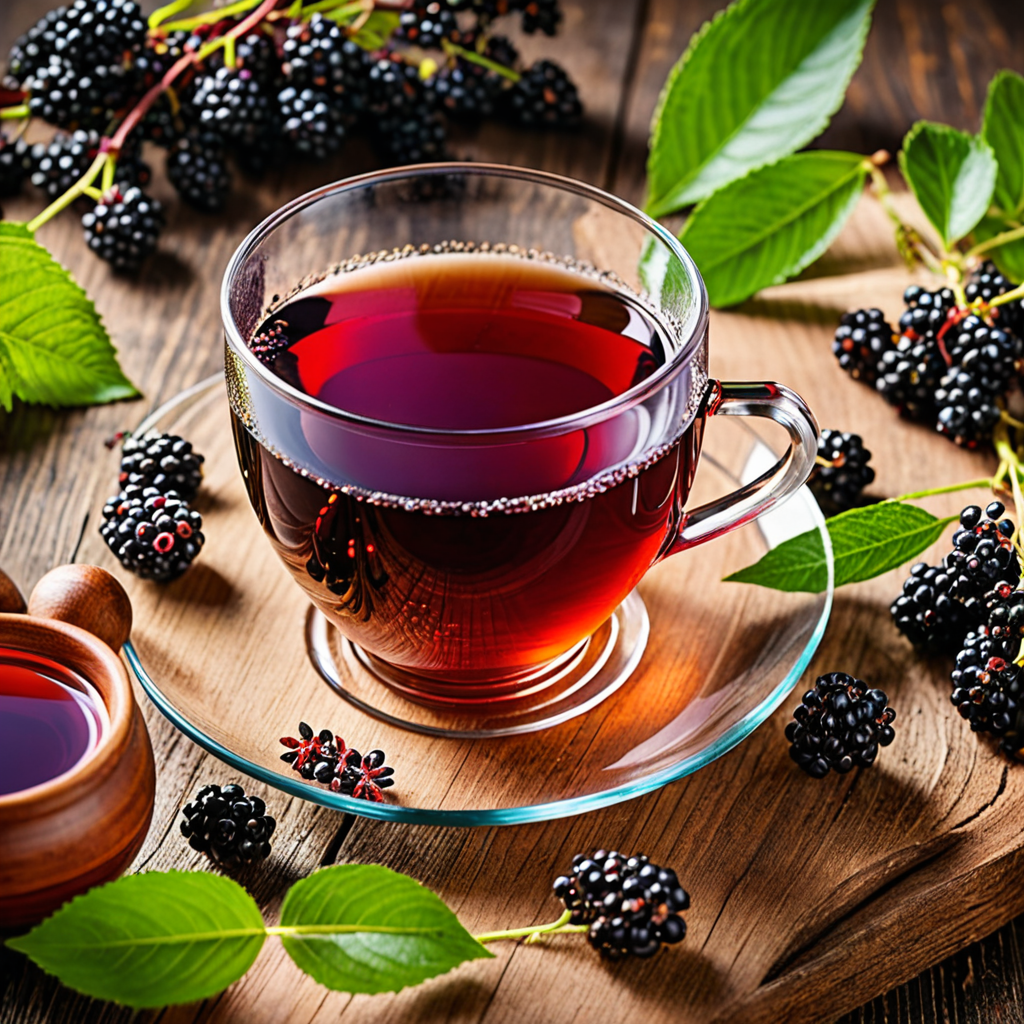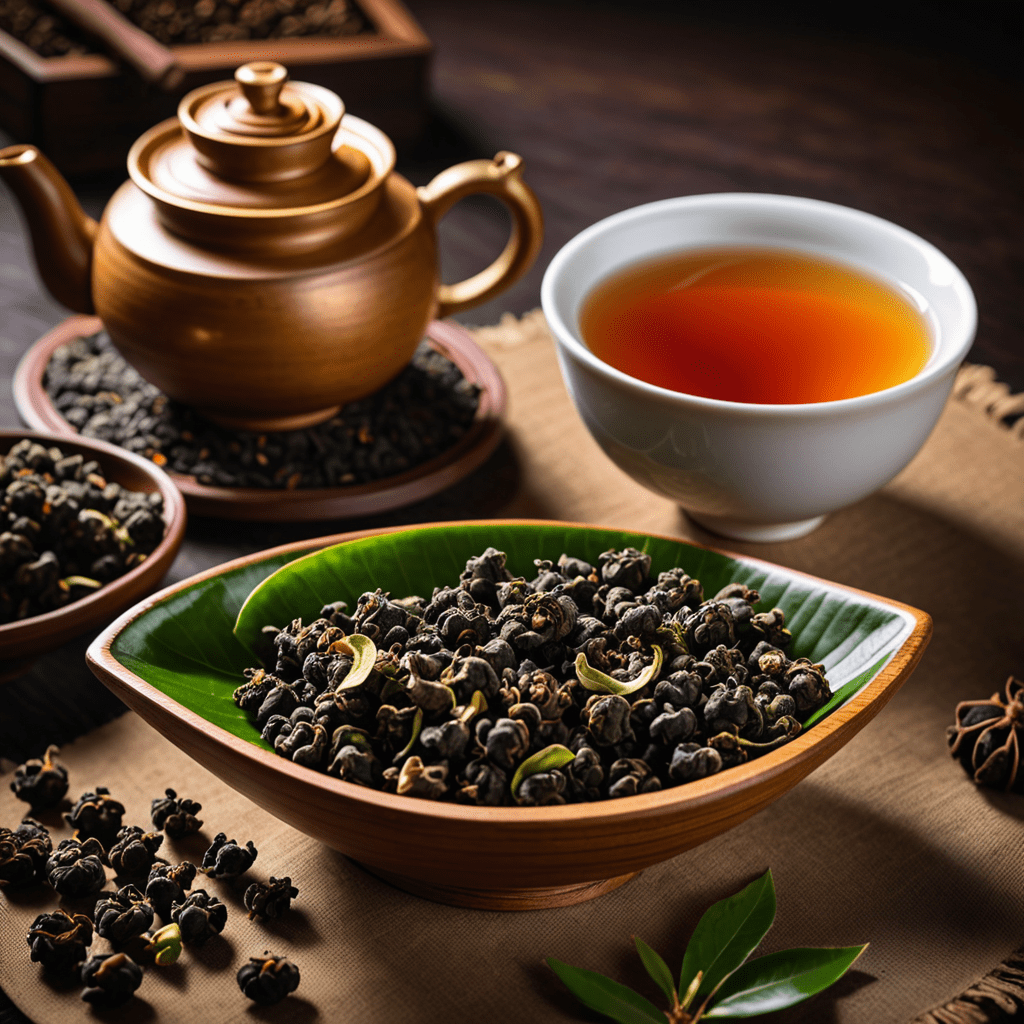
Introduction: The Allure of Ceylon Tea
Ceylon tea, renowned for its exquisite flavors and aromatic notes, has captivated tea aficionados worldwide. Originating from the verdant hills of Sri Lanka, Ceylon tea boasts a rich history and diverse range of flavors, making it a beloved beverage for all occasions. Whether savored as a morning pick-me-up or an evening indulgence, the art of brewing Ceylon tea is an experience in itself, allowing one to appreciate the nuances and complexities of this exceptional tea. Embark on this journey of discovery as we delve into the intricacies of Ceylon tea preparation.
Essential Equipment: Teapots, Strainers, and More
The pursuit of perfectly brewed Ceylon tea demands the use of specific tools and equipment. A quality teapot, crafted from materials such as porcelain, ceramic, or glass, is essential. Its shape and size should allow for ample room for the tea leaves to unfurl and release their flavors fully. A fine-mesh strainer is another indispensable tool, ensuring the removal of any tea particles from the brewed liquid. Additional accessories such as a tea cozy, a thermometer, and a timer can further enhance the brewing experience and ensure consistent results.
The Art of Water Selection: Unlocking the Flavor Potential
Water plays a crucial role in the brewing process, as it constitutes a large portion of the final cup. The ideal water for Ceylon tea is fresh and free of impurities. Filtered water or spring water is recommended to avoid any unwanted flavors or aromas that may interfere with the delicate taste of the tea. The temperature of the water is equally important, as it directly influences the extraction of flavors from the tea leaves. Different types of Ceylon tea require specific water temperatures for optimal brewing, so it is essential to adjust the temperature accordingly.
Measuring Tea Leaves: Achieving the Perfect Strength
The amount of tea leaves used is a critical factor in determining the strength and flavor of the brewed tea. For a standard cup, approximately 2 grams of loose-leaf Ceylon tea is recommended. This measurement can be adjusted based on personal preferences or the desired strength of the tea. Using a kitchen scale to measure the tea leaves ensures consistency and precision. Overcrowding the teapot with too many leaves can result in a bitter or astringent brew, while using too little may yield a weak and flavorless cup.
Water Temperature Mastery: Optimizing Flavor Extraction
The water temperature used for brewing Ceylon tea has a profound impact on the final flavor profile. Different types of Ceylon tea require specific water temperatures to optimize flavor extraction. For instance, black Ceylon teas thrive at a higher water temperature, around 95-100 degrees Celsius (203-212 degrees Fahrenheit), while green Ceylon teas prefer a lower temperature of around 80-85 degrees Celsius (176-185 degrees Fahrenheit). Using a thermometer to accurately measure the water temperature ensures precise control over the brewing process, resulting in a perfectly balanced and flavorful cup of Ceylon tea.
6. Steeping Duration: The Dance of Flavor and Tannins
The steeping duration is a crucial aspect of Ceylon tea brewing, as it directly influences the extraction of flavors and tannins from the tea leaves. The ideal steeping time varies depending on the type of Ceylon tea being brewed. Black Ceylon teas typically require a longer steeping time of around 4-5 minutes, while green Ceylon teas benefit from a shorter steeping time of around 2-3 minutes. Steeping for too long can result in a bitter and astringent brew, as excessive tannins are released into the liquid. Conversely, under-steeping may yield a weak and flavorless cup.
7. Strain and Serve: Preserving the Elixir's Purity
Once the Ceylon tea has reached its desired strength, it is essential to strain the tea leaves to separate them from the brewed liquid. This prevents the tea from becoming overly bitter or astringent due to prolonged contact with the leaves. A fine-mesh strainer is recommended to effectively remove all tea particles. The strained tea should be poured into a teapot or cups for serving. Optionally, a tea cozy can be used to keep the tea warm and preserve its flavors for longer.
8. Accompanying Delicacies: Enhancing the Tea Experience
Ceylon tea can be enjoyed on its own or paired with a variety of accompaniments to enhance the tea experience. Milk and sugar are popular additions, adding sweetness and richness to the tea. Honey or agave syrup can also be used as natural sweeteners. Biscuits, scones, or pastries complement the flavors of Ceylon tea, providing a delightful accompaniment for afternoon tea or as a sweet treat.
9. Brewing Methods: Exploring the Range of Possibilities
Beyond the traditional method of brewing Ceylon tea using a teapot, there are various alternative methods that offer unique experiences and flavors. French press brewing involves steeping tea leaves in a carafe and then plunging a filter to separate the leaves from the brewed tea. This method results in a full-bodied and robust brew. Cold brewing, on the other hand, involves steeping tea leaves in cold water for an extended period, typically overnight or up to 24 hours. This method produces a smooth and less bitter tea with a naturally lower caffeine content.
10. Tea Etiquette: Honoring the Tradition and Culture
Tea brewing and consumption are steeped in tradition and etiquette, particularly in cultures where tea holds a significant cultural and social role. When brewing Ceylon tea for guests, it is customary to offer a variety of teas to cater to different preferences. The tea should be brewed to perfection and served in appropriate teacups or glasses. Accompanying delicacies, such as biscuits or pastries, should be presented on a separate plate. Observing proper tea etiquette demonstrates respect for the tradition and creates a refined and enjoyable tea experience.
FAQs
What is the best way to store Ceylon tea?
Ceylon tea should be stored in an airtight container in a cool, dark, and dry place. Avoid exposure to heat, light, and moisture to preserve its freshness and flavors.How long does Ceylon tea last?
Properly stored Ceylon tea can retain its flavor and quality for up to two years. However, it is recommended to consume tea within six months of purchase for optimal freshness.Can Ceylon tea be re-steeped?
Yes, Ceylon tea can be re-steeped multiple times, depending on the type of tea and personal preferences. Generally, black Ceylon teas can be re-steeped two or three times, while green Ceylon teas may be re-steeped once or twice. However, the flavor and strength of the tea will diminish with each subsequent steeping.


